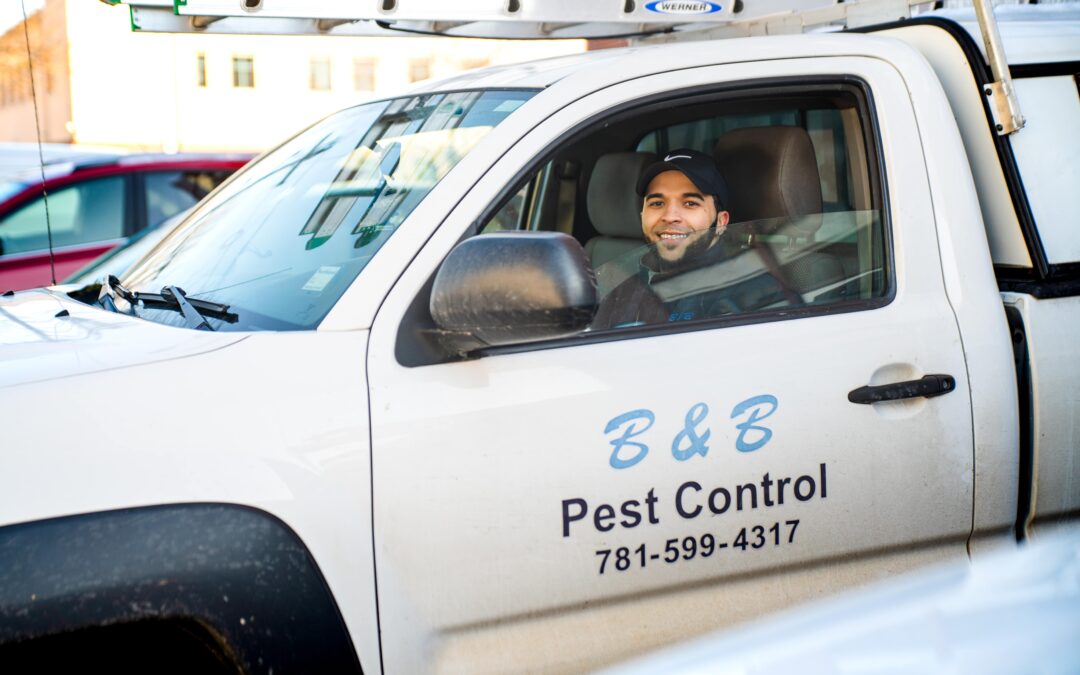Subterranean termites dwell below the ground where workers tunnel through soil in order to locate and transport cellulose-rich plant debris back to the colony for feeding purposes. The eastern subterranean termite is the only termite pest species that inhabits Massachusetts, and these pests cause more destruction to homes than any other termite species in the US. Mature eastern subterranean termite colonies contain between 50,000 to 1 million individual termites, most of which are workers that can each travel as far as 200 feet from their colony-nesting site.
Subterranean termite nests in the US can be surrounded by foraging tunnels as long as 100 meters, and high activity areas see extensive networks of interconnected colonies spanning several square miles. These massive colony networks are often located in forests and other heavily wooded areas. In fact, dead wood in the form of lumber scraps leftover from construction are abundant below the ground in residential areas. This is especially true in the northeast where many homes were built long before construction companies became legally obligated to remove lumber scraps as a measure to prevent termite infestations. Homebuilders are also legally required to elevate structural wood several inches from the ground surface, as wood that is in contact with soil provides subterranean termites with direct access into a home’s timber frame. It is also important for homeowners to keep wood materials, like firewood, from making contact with the ground soil.
Firewood, doghouses, wooden sheds, fence posts and other items made of wood should never make direct contact with the ground soil unless the wood has been treated with chemicals that repel termites. Firewood that is stacked against a house provides subterranean termites with a bridge that links their soil habitat to exterior wood siding, and ultimately, structural wood within interior wall voids. Doghouses and wooden sheds should be kept on a concrete pad, wood mulch should be kept at least one foot away from the foundation of homes, and firewood and lumber should be stacked on a metal rack, a concrete pad, or on patio stones in the sun and away from structures. In addition, fence posts should be treated with borate rods, and tree stumps and trees that are completely dead should be uprooted and removed from properties.
Does you yard contain untreated wood items that make contact with the ground soil?

